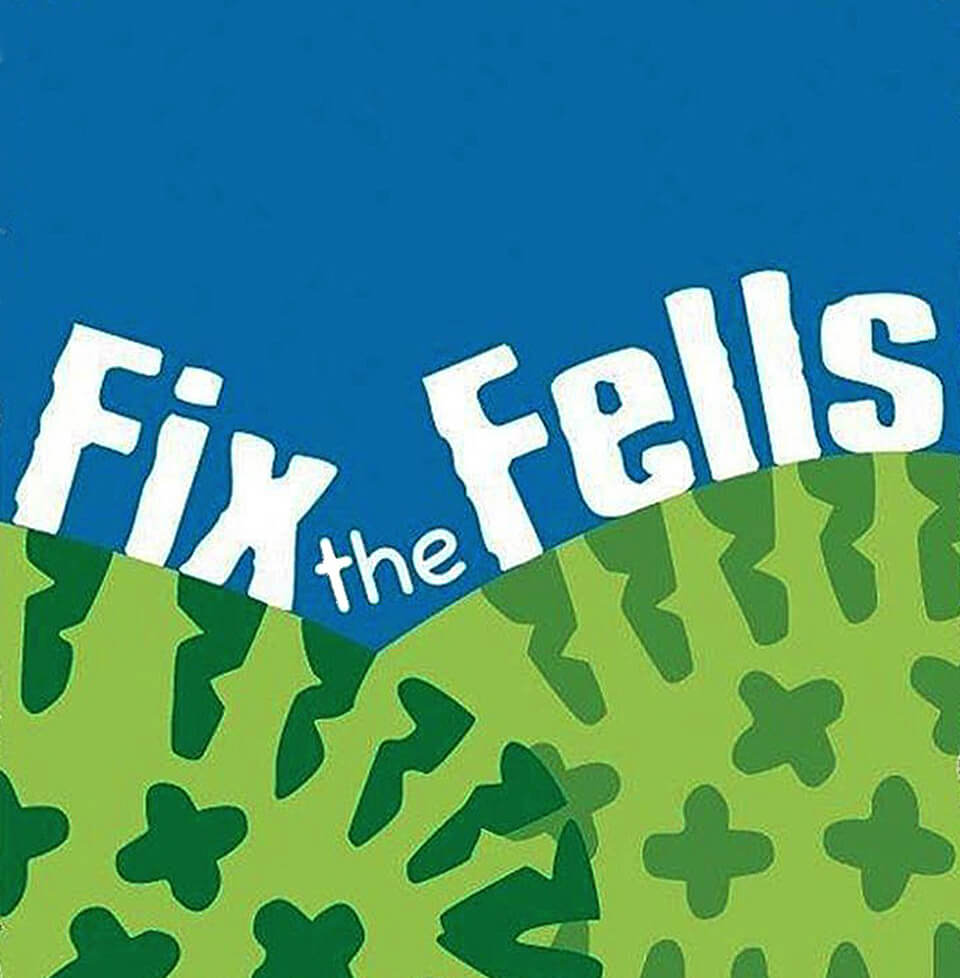Fix the Fells relies on grants and donations to undertake our work. All donations are appreciated.
What is the money spent on?
The vast majority of the money is spent on our practical path works. This includes pre-emptive work, maintenance and repairs. The main costs are the staff, tools, machinery, seed and vehicles. Our helicopter lifts to move rocks to the work sites cost in the region of £60,000 each year.
We also use the money for:
• Audience development – to raise awareness of our work in order to reduce the amount of erosion that occurs and to encourage people to contribute to Fix the Fells either through volunteering or donations.
• Volunteering – although volunteers give their time for free, the mileage, protective clothing, equipment and recruitment all need to be funded.
• Training – to ensure both staff and volunteers have the skills to undertake their roles.
• General management and administration.
How much do we need?
We need around £500k each year to maintain our current level of work. Over the next 10-15 years we are looking to repair another 120 paths as well as maintain the existing network.
Where does it come from?
We receive funding from individual donations, through Visitor Giving (which the Lake District Foundation manage for us) and through grants. We receive support from the National Trust, Lake District National Park, Friends of the Lake District and a range of local businesses.
Between April 2019 and June 2023 Fix the Fells was part-funded by the European Regional Development Fund.
How can you help?
We need your support to raise this money. Every penny helps so it would be great if you could:
- Donate money online
- Spread the word and encourage others to donate
- Choose Fix the Fells as your project when you are doing fundraising events such as sponsored walks
Technical Points
The National Trust are the project lead and, together with LDNPA, process the financial transactions for Fix the Fells. The Programme Board regularly review the financial transactions, which are subject to the audit procedures of those two organisations.
